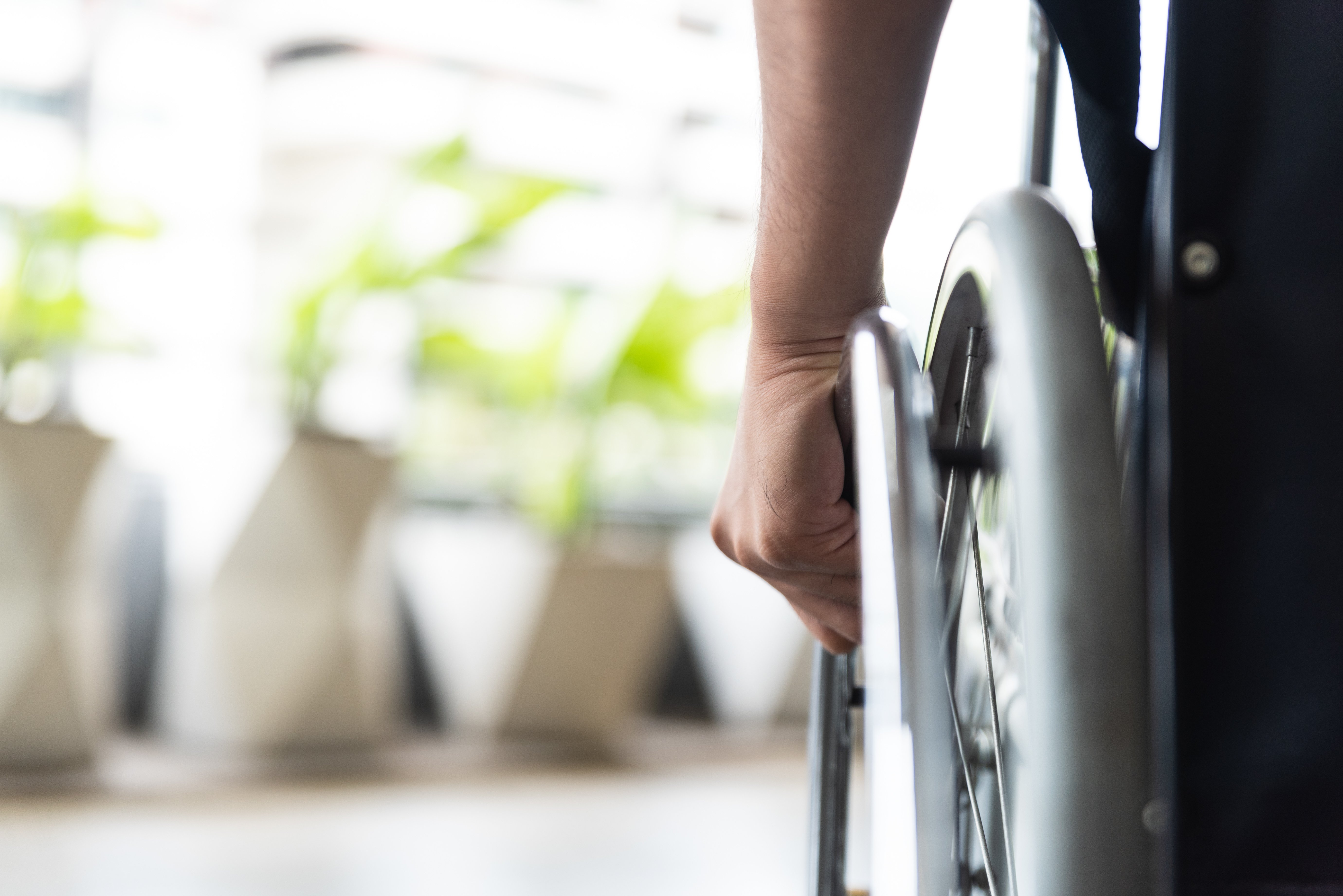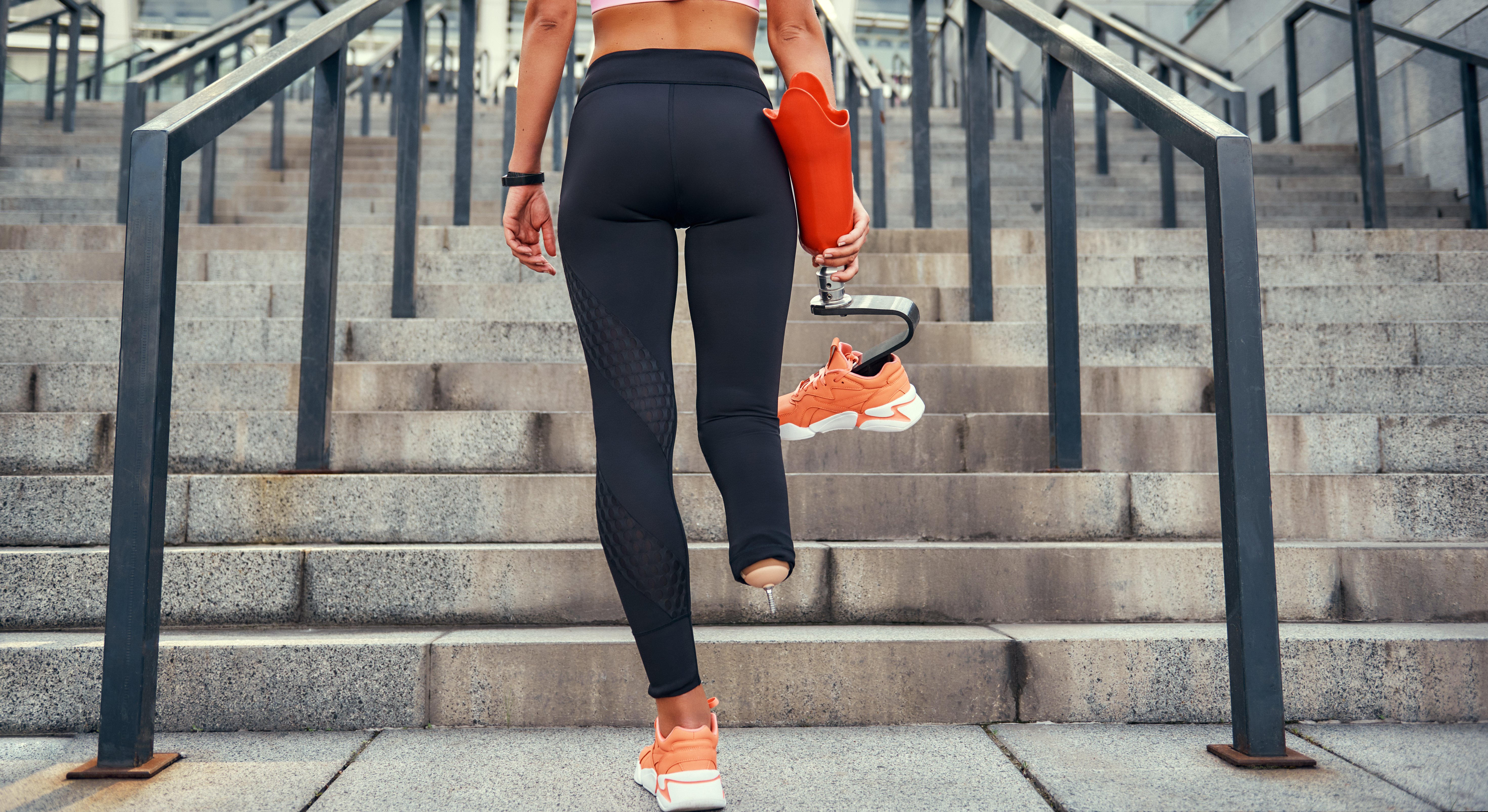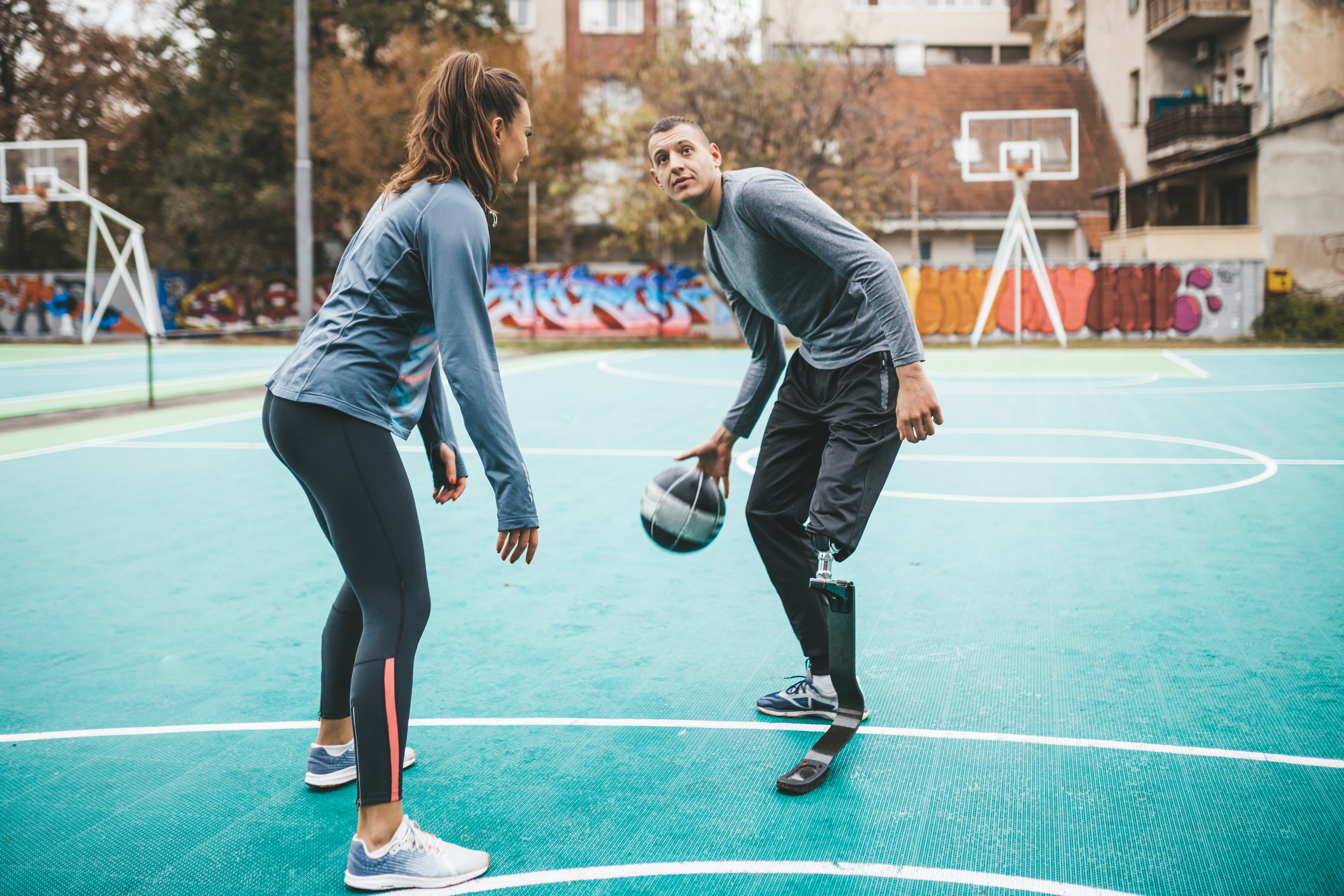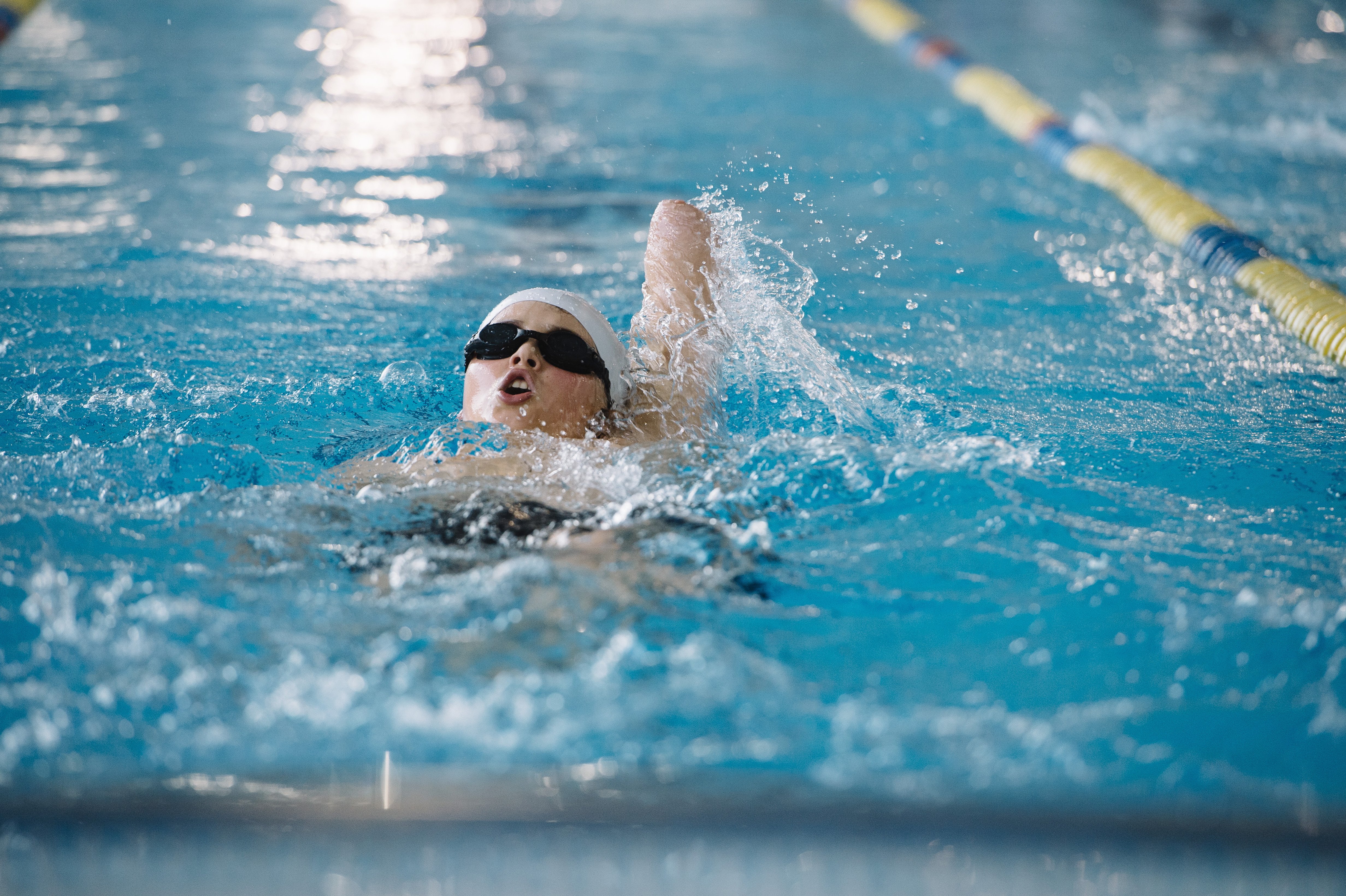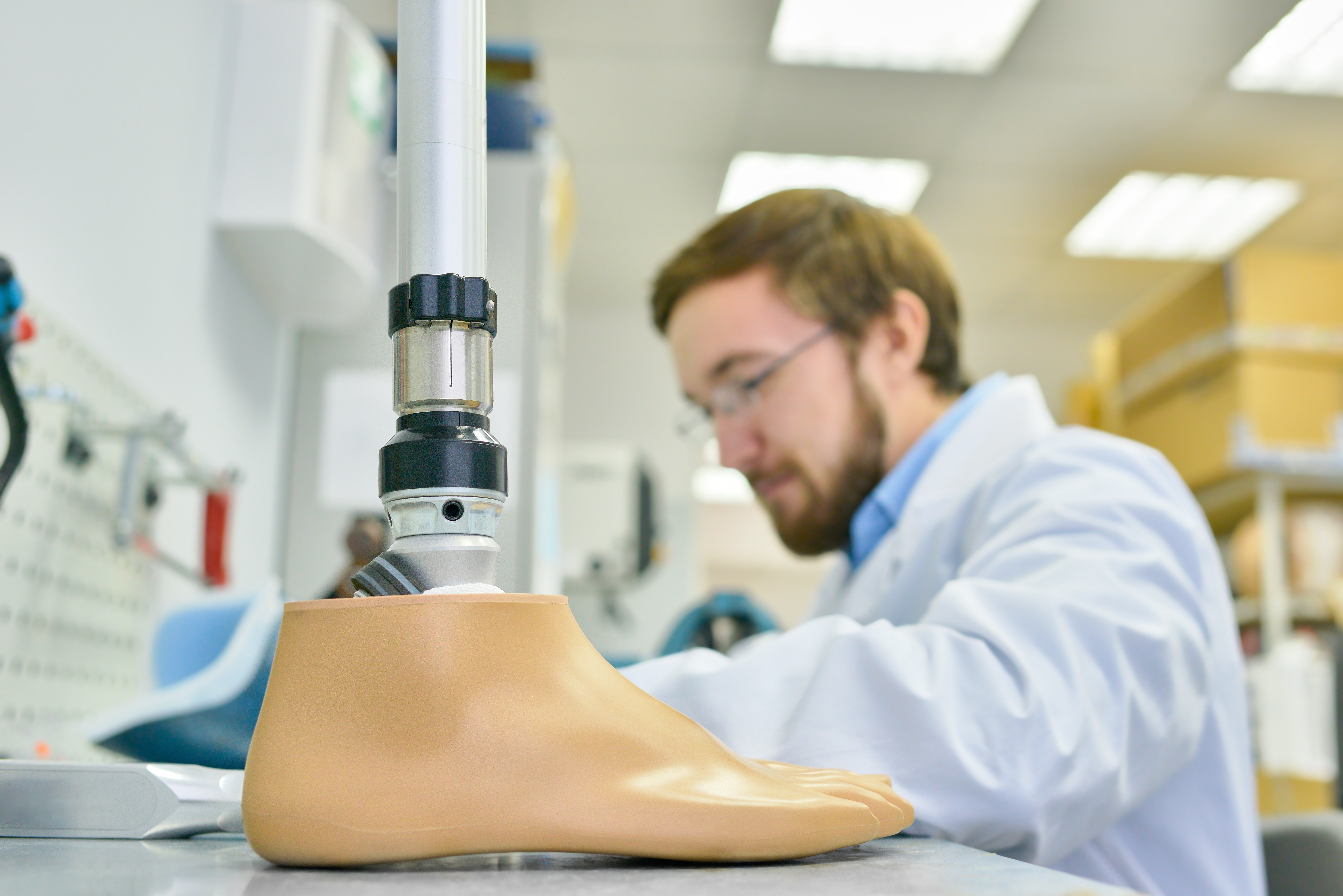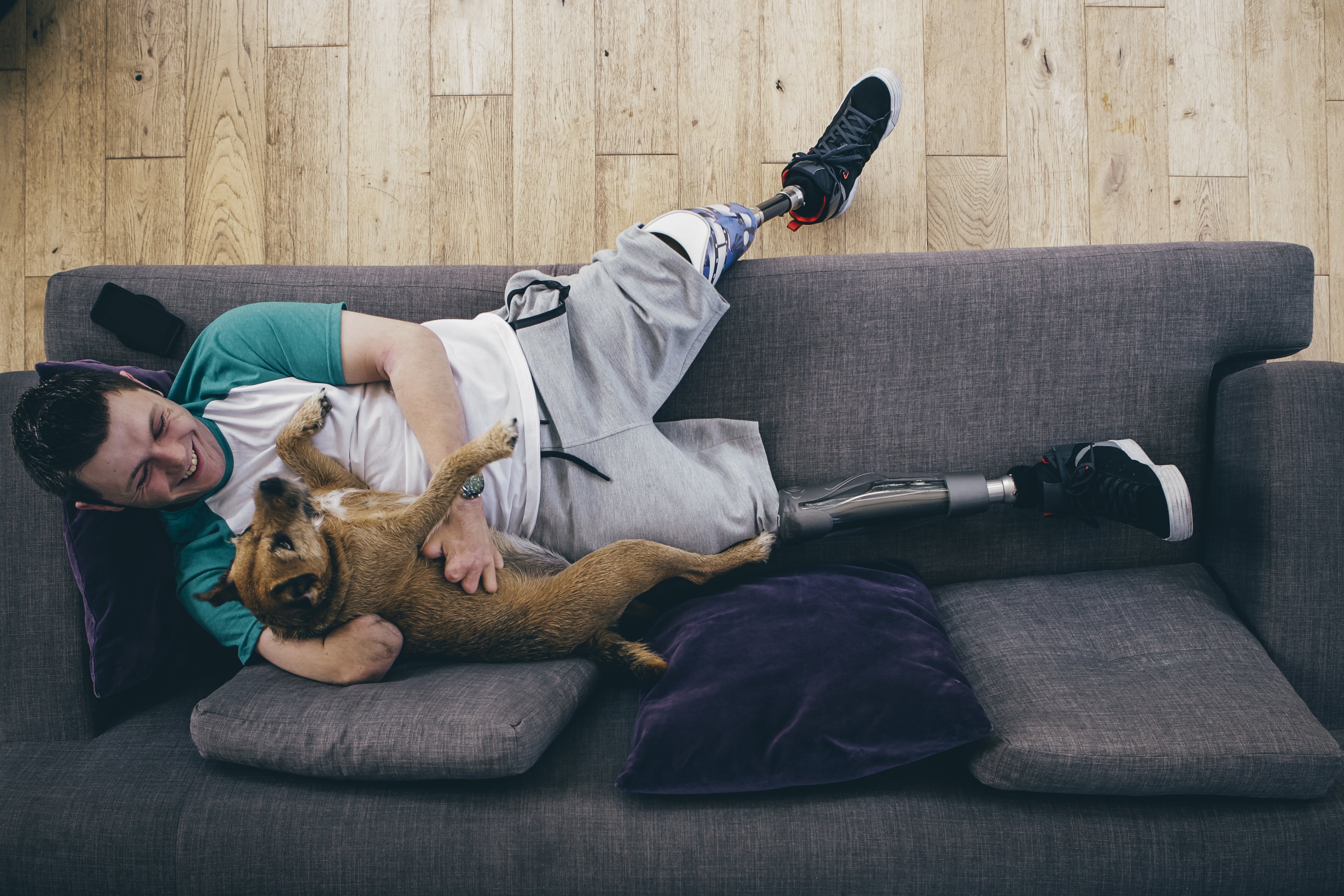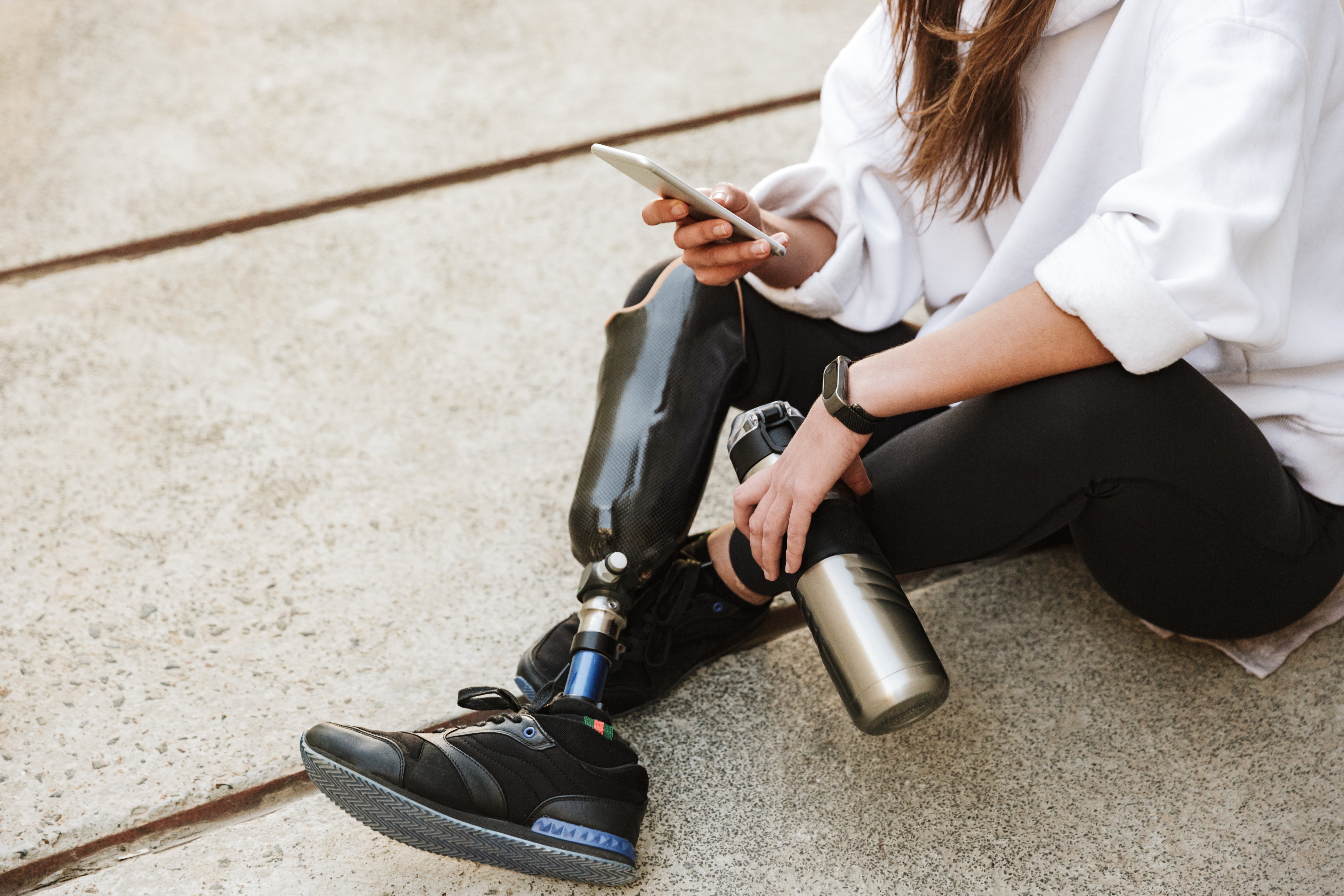Our Response to COVID-19
It is of utmost importance to us that our patients, staff, and families stay well through this unprecedented time. With the emergence of COVID-19 in the United States, we are closely monitoring statements and recommendations from the Centers For Disease and Control (CDC) and the World Health Organization (WHO).
At this time, we will resume our normal hours of operation while implementing several preventative measures in our facility.
We are implementing the following to protect patients, staff, and the community from the potential spread of illness.
- All visitors and staff must arrive wearing a mask. A mask will be provided if needed.
- One (1) parent/caregiver/family member is allowed to accompany the patient. We ask all other family members and visitors to please stay home.
- Placing additional hand sanitizer in patient rooms, as well as patient waiting areas.
- Encouraging employees to closely monitor any potential symptoms of illness, regularly wash hands, and limit the amount of contact with surfaces and others.
- Routinely sanitizing surfaces, patient rooms/waiting areas, and equipment.
We request that you reschedule your appointment if:
- You and/or the patient have experienced the following symptoms within the last 7 days
- Fever
- Cough
- Shortness of Breath
- Flu-Like Symptoms
- Runny Nose/Nasal Congestion
- Sore Throat
- You and/or the patient have traveled to or had close contact with someone who has traveled to high risk countries.
- You and/or the patient have tested positive for or been exposed to someone with COVID-19.
If you have any questions or concerns please call our office at (205) 324-7897. We hope to provide you with any assistance necessary while navigating this unprecedented time, and thank you for your patience in advance.
An amputation is the loss of one of the body’s extremities: arm, hand, leg, or foot. Routine amputations are done surgically due to complications from diabetes or other diseases, but sometimes traumatic accidents can result in limb amputation. Under certain circumstances, if an amputation leaves a person unable to work, the amputee might be eligible for Social Security disability benefits.
Amputation alone does not automatically qualify you for disability benefits unless both hands are amputated, a leg is amputated through the hip joint, or you have a pelvic amputation. For any other amputations, you have to prove to Social Security that you are unable to work. The Social Security Administration has a checklist of possible disability coverages, but you still may be able to prove your disability even if you don’t meet the official listing requirements.
Official Listing Requirements
According to the Social Security Administration (SSA), you must have suffered one of the following to be considered for disability:
- Amputation of both hands
- Amputation of one hand and one lower extremity at or above the ankle, interfering with the ability to walk
- Amputation through the hip joint (hemipelvectomy) or pelvis (hip disarticulation)
- Amputation of one or both lower extremities resulting in the inability to use a prosthetic device or a cane to walk properly
The inability to walk, as defined by the SSA is the inability to walk effectively with two hands while using the assistance of a cane, walker, crutches, or needing help getting to work or using public transportation. An issue that might arise is whether a prosthetic device could help restore the ability to walk or do daily activities. If you are able to use a cane with a prosthetic, this would not qualify you, as you would only need one hand to walk.
Reduced Functional Capacity
Most employees cannot qualify under the above impairment listing, as the use of prosthetic devices would work to assist them, so their disability request claims would be denied. However, you might be able to qualify for disability benefits if your amputation has reduced your functional capacity in such a way that there is no work available given your age, education level, or experience. The SSA will give you a rating based on the type of work it thinks you can do: sedentary, light, medium, or heavy. Also, if your doctor has given specific restrictions such as no crawling, kneeling, or heavy lifting, these will affect your rating.
Your rating or residual functional capacity (RFC) will determine the job the SSA chooses for you.
The lower your RFC, the fewer jobs you can do. Still, if you’re under 50 years old, the chances of getting disability benefits through a medical vocational allowance are low.
For example, if you have a sedentary RFC, high school education, and limited skills, you might be considered disabled if you are over 50. However, if you are younger than 50 and illiterate, the SSA will presume you can learn a new job.
Medical Evidence
The SSA will request records from your treating doctor and should include proper documentation of your amputation, your ability to use a prosthetic device, and your mobility.
Your doctor should also address the likelihood of long-term issues with your amputated limb, and if your functional limitations will improve or stay the same. In order to get Social Security disability benefits, your disability must last at least 12 months.
Apply for Social Security Disability
In general, in order to apply for Social Security disability, you must first fill out the SSA’s standard application, and then complete a medical release form to grant permission to the SSA to view your medical records. After the SSA has examined your medical records and reviewed your application, they will determine your eligibility for amputation disability benefits.
Benefits of Presumptive Disability
When you apply for Supplemental Security Income (SSI), you might be eligible for immediate cash payments if you have one of the following:
- Double amputation of two limbs
- Amputation of a leg at the hip
This type of disability is called presumptive disability and typically applies to people of low income and resources. Generally, with a presumptive disability, the SSA will start making payments right away until your claim is approved or denied. After six months, if your claim is denied, you do not have to repay the presumptive disability benefits.
BioTech Limb and Brace has a team of experts who support the limb loss community. If you have any questions about prosthetics, we can set you up with one of our trusted prosthetists. Contact us today.
When you have a child in need of an ankle-foot orthosis (AFO) the options for fit and comfort can be overwhelming. You want a good quality orthotic device, and you want your child to be able to move in it comfortably. Our orthotist will help you and your child feel at ease when trying on and wearing pediatric orthotics. At your child’s appointment, we will discuss fit, function, and style.
Your Child’s Appointment: What to Expect
During your child’s appointment, we will go over a variety of options for a custom AFO, from color and design to fit and style. You and your child will be able to choose from a variety of colors and designs to fit your child’s unique personality. We’ll also have samples available for you to look at.
A few things to keep in mind for pediatric orthotics:
- The outer plastic shell color and design
- Custom transfers
- Velcro style and color
Buying Shoes
When buying your child’s shoes, it's important that they fit properly so that your child will continue wearing the AFO. Depending on your child’s needs, your orthotist may order custom orthopedic shoes for you, or you may be able to bring in your own pair. It’s important to know that you need a specialist to determine what will work best for your child.
Here are a few tips for selecting shoes for your child to wear with an AFO:
- A shoe with a removable sole will provide more room for an orthosis.
- Shoes with an extended tongue can help ease brace fitting.
- High tops or shoes that protect the ankle may offer more overall support, but might not be able to fit an AFO.
- There are a wide variety of brands that work with AFOs, check with your provider for a list.
To help accommodate your child’s two different shoe sizes, it might be best to purchase two differently sized shoes. Try to find the smallest shoe size to accommodate an orthotic device. Wearing a shoe that’s too big can pose a tripping hazard. If you opt for a canvas shoe, you might be able to snip a few threads on the tog to increase the ease of putting on the shoe.
Any non-braced shoe may require an insert to help both legs maintain the same height.
Sock Tips
Buying a properly fitting shoe is important for a comfortable AFO fit, but the socks you buy matter, too! There are socks available that are specially designed to be worn with AFOs. It’s best to look for cotton, moisture-wicking, wrinkle-resistant socks. The socks need to be breathable and able to keep their shape.
Get Support—We Can Help!
Every family’s situation is unique, but you are not alone in this journey. A great way to ease the stress of your situation is to connect with others. We can help you connect with other families in similar situations to help you get the support you need.
When your child needs an AFO it can be overwhelming, and you may not know the options that are available—that’s where we come in. If you’re looking for high-quality orthotics from people you can trust, contact our professionals at BioTech and we’ll get your child a custom-fit they’ll love.
You’re home from the hospital and the stitches are gone. You can now begin the healing process and prepare your lower residual limb for a prosthetic device. Here are some tips to prepare you for this transition.
Ways to Position Your Residual Limb
It’s important to keep your residual limb in the right position. This position keeps the muscles from shortening and tightening (contracture), which can cause a loss of range of motion. To avoid contracture, you need to keep your hip and knee straight. Here’s how:
- Always support the weight of your residual limb and keep it from dangling. If you’re sitting in a wheelchair, use an amputee board. This is a flat board designed to support the weight of your residual limb.
- Get used to lying flat on your stomach (proning). Proning is a position that stretches the muscles in your hip. Try to spend at least 15 minutes a day proning.
- Try not to prop your residual limb on pillows for support. Keep your residual limb flat and straight.
- Keep your residual limb close to your intact leg. If it moves outward, this can make walking with a prosthetic device difficult.
Stretch Your Muscles
To prevent contracture, it’s important that you keep your muscles strong and loose. Don’t skip exercises you were taught in the hospital, as they will come in handy when you start walking with a prosthetic device.
Desensitize Your Residual Limb
After your procedure, your residual limb will be extremely sensitive to touch. You need to desensitize it by massaging, rubbing, and tapping the end of your limb. Start with a light touch and then slowly increase pressure. This can help you prepare for the fitting of your prosthetic device.
Shape Your Residual Limb
Swelling is a common problem even after your surgical wound has healed. To help with swelling, your healthcare provider will prescribe a compression stocking to help shape your residual limb. Here are a few tips for a comfortable fitting:
- Wear your compression sock as advised. The compression sock applies pressure which reduces swelling.
- Wear your compression sock for 24 hours a day. Make sure it has a snug fit.
- Visit your prosthetist regularly. Your prosthetist can monitor your residual limb and help with the fitting process.
Proper Care and Hygiene
Proper hygiene and care of your residual limb are vital to prevent infection and speed up the healing process. Here are a few ways to keep your residual limb clean:
- Use warm water and an antibacterial soap to clean your limb at least once a day.
- Use a washcloth to gently wash the entire surface of the residual limb. Make sure to pay attention to the skin behind your knee.
- Dry your residual limb. This helps to keep moisture out of your compression sock.
- Wear a clean compression sock daily. To clean, wash each sock with mild soap and water. Dry thoroughly to remove any acid or salts left behind by sweat.
Contact Your Healthcare Provider
Remember, you are the best advocate for your own health. If something seems off, or you experience any of these sudden changes, contact your healthcare provider.
- Skin separation along the scar
- A smell coming from your residual limb
- Redness, swelling, or warmth around the scar
- Pus that is yellow, thick, or brownish gray
- An increase in pain or tenderness
- A fever higher than 100.4 °F
Whether you’re new to prosthetic devices or need a proper fitting, BioTech is here to help. Contact us today for more information.
A new year is a great time for firsts, picking up old habits, trying new hobbies, or if you’re athletic, a new sport. Not every sport requires you to invest in a specialized prosthesis, as some are designed to handle rigorous activity. However, when your daily prosthetic device can’t deliver that extra support, you risk damaging your prosthetic. Various companies offer different variations for people looking for a prosthetic for certain activities.
Read on to learn about the options available for you, so you can get in the game, worry-free.
Prosthetics for Runners
Running blades were first pioneered by American inventor Van Phillips in the 70s and were one of the first prosthetic designs developed for sports. This invention paved the way for mobility that enabled amputees to live more active lifestyles. These blades are constructed from 80 layers of carbon fiber and replicate the natural stance of running. Not exclusively designed for distance runners, running blades are a great option for basketball and baseball players as well.
Prosthetics for Swimmers
Prosthetic legs are a great option if you want to swim, water ski, or just have fun with your kids in the pool—but there are a few things you should consider before using them. Though many modern prosthetics are considered safe for water, including those made with microprocessor technology, they can still be susceptible to water damage. If you’re looking for a low-budget option, consider buying a waterproof prosthetic protector for your current prosthetic.
Also, there are specialized prosthetic attachments like a flipper foot that are available if you really want to glide in the water. If you’re an upper limb amputee, you can purchase a fin attachment.
Prosthetics for Climbers
A climber and his desire to continue doing what he loved created the earliest climbing prosthetics. After losing both of his legs below the knee in a climbing accident, Hugh Herr was determined to scale mountains once again. His earliest designs featured small feet with spiked tips that allowed Herr to get a foothold on ledges.
Though a prosthesis makes climbing easier, many amputee climbers prefer to climb without one at all! Upper limb amputees can also benefit from a hook attachment for their prosthetic device which allows for gripping small ledges and corners.
Prosthetics for Kayakers
Upper limb attachments are available for those looking to venture out on the water, whether it’s casual canoeing on the lake, or exhilarating whitewater rapids. Prosthetic hooks, clips, and spatula devices are available to help steady the paddle and effortlessly glide you through the water.
Prosthetics for Skiers and Snowboarders
Many companies offer prostheses specialized for downhill skiing and snowboarding. Since wakeboarding and waterskiing use the same repetitive motions, they can be used for those activities as well. The snowboard bindings are designed to fit feet securely and properly; below-knee amputees can use a foot attachment to attach to their boards.
Prosthetics for Golfers
Although many one-armed golfers learn to play the sport without a prosthetic, there are attachments available for those who need them. Attachments include a left and right hand design that features a metal tube that slips over the golf club’s shaft for easy gripping.
Prosthetics for Basketball Players
Basketball is a very hands-on sport, and specialized prosthetics are designed with the shape and the size of the ball in mind. These hands are also designed to be angled to suit individual needs.
Prosthetics for Volleyball Players
Hand attachments made of flexible rubber are available for volleyball players so they can play with ease. These hand attachments are designed to allow players to competitively play, by mimicking various hand positions used during a game of volleyball.
Prosthetics for Baseball Players
There are pitching prosthetic hand attachments available in various sizes for hardball and softball to cup the ball for a precise throw. Batting prosthetics also have a clip attached that allows the user to use a precise grasp for a proper swing.
Prosthetics for Hockey Players
Prosthetic hand attachments are available for both ice and floor hockey players. For upper limb amputees, there is a device that slips over the first top half of the hockey stick, allowing for more flexibility similar to that of a human wrist. Plastic grips are also available for proper mobility and handling.
Lower limb amputees can take advantage of a foot attachment that fits inside a hockey skate.
It’s almost a new year—time to start off on the right footing! If you’re looking to start a new sport and need a device that will suit your needs the most, reach out to one of our specialists and we’ll help you find an activity-specific prosthesis.
Contact us today for more information.
When facing limb loss, the focus is often on physical changes and preparations—but the emotional changes post amputation can be equally challenging. It’s normal, healthy in fact, to grieve loss, especially one as significant as limb loss. With over one third of amputees reporting signs of clinical depression, it’s important to recognize emotional pain and how to treat it. Keep reading for five strategies to help you process limb loss.
#1: Community Support
Whether your limb loss is a result of trauma or a personal choice, it’s common to feel alone in the struggles that follow. This is why it’s critical to find a community to offer emotional support as you heal. There are nearly two million Americans living with limb loss who can share stories, listen to fears and frustrations, and offer encouragement and hope. Often, it’s enough to simply know that you are not alone in your struggles. There are others out there who can relate to your experience. Grief is normal, and grieving in community creates lasting bonds and a support system for years to come.
#2: Pay Attention to Your Feelings
There is no right way to feel following an amputation. Many focus on maintaining a positive outlook, while others struggle with anger. Some experience a rollercoaster of emotions on a daily basis. However you cope with change, the first step in dealing with loss is to recognize what you are feeling and tell yourself that it is okay to feel that way.
A life-changing event like limb loss brings about complex emotions. Don’t feel pressured to feel a certain way. Emotions may seem overwhelming at first but, over time, they will lose intensity as you process, especially in the context of a support group.
#3: Express Yourself
Finding a method of self-expression is important to your emotional well-being. Talk to a loved one or a professional counselor about your frustrations. It’s important to vent negative emotions.
Many find that keeping a journal, making art, and listening to music are helpful ways to express emotion.
#4: Stay in the Moment
It’s the journey, not the destination, that matters. When recovering from limb loss, rehabilitation may feel like an impossibility. Rather than focussing on an end goal, consider where you are today versus a week ago. When you look at where you are compared to where you want to be, it’s easy to get discouraged. Stay present and celebrate your progress.
#5: You Matter
One of the most helpful steps in rehabilitation is to find something that gives you purpose—a way to feel useful. Some look toward the spiritual for meaning or an explanation behind their limb loss. Others may be compelled to advocate for amputees or bring awareness to other causes. Finding a place to contribute will boost your confidence and self-esteem, driving your recovery and improving your quality of life.
Recovery post amputation involves more than just the physical. The complex emotions that come with grieving are normal and healthy. A good emotional support system is just as important as your physical support systems. Pay attention to how you feel day to day and talk to your physician if you have concerns about clinical depression.
For more expert advice on how to process limb loss, contact BioTech today.
Hands play a big role in the functions of our daily lives, communication, and interacting with the world around us. The loss (full or partial) of an arm is a monumental event that will have its challenges—but you don’t have to do it alone.
If you are facing a full or partial arm amputation, the following information will help guide you through issues to consider before and after surgery. Preparing ahead of time will help you know what to expect with rehabilitation, emotional support, prosthetics, and resuming an active lifestyle.
Pre Surgery
For those undergoing an elective amputation, you have the benefit of preparing for your recovery before ever entering the operating room. Use this time to meet with your surgical team and ask to be walked through the procedure. You may want to talk to other amputees about their experience and find a support group to join.
Be sure to consult with a prosthetist ahead of time. It’s okay to be picky. You will work closely together for a year or longer, so make sure they’re a good fit.
Post Surgery, Rehabilitation, and Emotional Support
Despite the research and preparation you do pre-surgery, the changes to your body can be shocking in the early days of recovery.
Following surgery, you will be treated with bandages and compression socks to help heal and shape your residual limb. You will be shown how to care for your limb, wash, dry, and reapply bandages. Expect changes in swelling and shape as you begin rehabilitation.
Rehabilitation will start according to your doctor's instructions. A team consisting of your doctor, occupational and physical therapists, and your prosthetist will work to stretch and strengthen the muscles in your residual limb.
Part of your rehabilitation may include having a counselor assigned to you to help you work through difficult emotions. Remember that you have undergone a major change and it is normal to experience some level of depression. Don’t be ashamed to ask for help. Reach out to support groups and individuals who have experienced limb loss. You don’t have to go through it alone.
Prosthetics
During rehab, you will work closely with your prosthetist to find what fit and function best suits your prosthetic needs. There are options ranging from passive prosthesis (no movement) to state-of-the-art neuroprosthetics (controlled by the brain). You may find you need one prosthesis for daily tasks, and another for specific activities.
Maintain an Active Lifestyle
Getting back into a normal routine after an arm amputation is essential to your overall health and healing. Thanks to advancements in prosthetics, you will find there’s a way to participate in just about any activity. From driving a car to competitive sports, there are solutions to help you stay active and independent.
Undergoing an arm amputation is a major life change and comes with many challenges. Thankfully, there are systems in place for you to overcome obstacles and lead a full life. Preparing yourself ahead of time can help make it a little easier.
Let the experts at BioTech answer your questions and help you prepare for your prosthetic needs. Contact us today for a consultation.
Whether a longtime prosthesis wearer or just a beginner, it’s important to have a good relationship with your prosthetist to ensure a successful experience. Consistent communication, maintenance, and hygiene can help keep minor discomforts from becoming major issues. Here are seven tips for a better experience:
#1: Visit Your Primary Care Physician (PCP) Every 6 Months
Keep regular appointments to discuss the condition of your residual limb and prosthesis. This is a good time to let your physician know about any needs you might have such as new liners, socks, or shrinkers so they can write a prescription for you. There may be other issues if your socket no longer fits or you are experiencing discomforts that should be addressed sooner rather than later.
#2: Stay Informed about Your Medical Insurance Coverage
Medicare, Medicaid, private insurance, primary insurer, secondary coverage policies—it can be confusing, so make sure you understand what your deductibles and copays are. It’s a good idea to see if a secondary coverage policy is an option that could cover more of your prosthetic expenses.
#3: Know Your K-Level
K-levels are used to define an amputee’s mobility level. They range from K-0 to K-4 with K-4 being very active or athletic. This is determined by your PCP or prosthetist and should be documented in their notes.
#4: Visit Your Prosthetist Every 3 Months
Even if you are not experiencing active discomfort or other problems, be sure to check in with your prosthetist regularly. Always contact your prosthetist in between appointments if you notice something wrong with your prosthesis or residual limb.
#5: Practice Good Hygiene
Hygiene is extremely important to the health of your residual limb and in the daily cleaning of the inside of your liners. Be sure to note the condition of your sound limbs such as cracks in dry skin, blisters, and ulcers. These can lead to complications down the road resulting in infection and possibly further amputation.
#6: Stay Active
Wearing a prosthesis all day with limited movement or in a wheelchair is not great for your overall health. Blood circulation can easily become a problem, particularly in diabetics. Try to be active, standing and walking around as much as possible to promote blood circulation.
#7: Sock Ply Management & Liners
Following an amputation, a residual limb will change shape and size, especially for lower limb amputees. Various sock ply options of full-length and/or partial length may be needed to support your limb’s shape and maintain good socket fit. Adjustments may be needed throughout the day based on your activity. Other factors like changes in body weight, medications, or dialysis treatment can affect limb volume fluctuation. Sock ply configurations will help ensure proper socket fit and comfort.
Likewise, liners may need changing to help with comfort and limb health. Liners can wear out in certain spots, leading to thinning of the protective gel and possible skin breakdown. Most insurance will cover two new liners every 12 months.
Regular appointments with your prosthetist are beneficial to your overall health and success with your prosthetic. BioTech Limb and Brace is committed to your care. Contact us today to learn more.
There are more than two million people living with limb loss in the United States, and about 185,000 people have an amputation each year. That’s an estimated 507 people who lose a limb each day.
Chances are, you know or have come in contact with an amputee. You may not be aware what comments or questions can be offensive, or understand what life is really like for them.
Here are a few things amputees want you to understand about their lives.
#1: No Two Experiences Are the Same
No two amputees or people with limb differences are the same. A congenital amputee (the way a person's body was formed in the womb) would have a totally different experience from that of an adult lower limb amputee. Each experience and person is unique.
#2: Different People Use Different Words
Using terms like “disabled” or “differently abled” may seem offensive and patronizing to some, but not to others. In regards to a person’s residual limb (remaining limb), some call it a “stump” and others still refer to an arm or leg as before. When in doubt, ask. And listen to what words the person uses for themselves.
#3: Amputees Are People, Not Curiosities
Questions are normal, but remember to be tactful. Asking details about a person’s limb differences may be a sensitive subject involving trauma. It is normal to notice that a person has a difference, but adjusting how you react to these differences is important.
#4: Amputation Can Improve Quality of Life
Amputation may seem inherently limiting. But for elective amputees, it may have been a choice to restore mobility and quality of life. A person living in chronic pain after an accident or injury may choose amputation as a means of relief.
#5: Assumptions Hurt
Don’t assume the worst. You never know what a person’s story is or what their quality of life is like. Comments like, “I could never do what you have to do,” or, “It must be hard to...” can be offensive. Keep an open mind and remember that different does not equal bad.
#6: Laughter Is Good
It’s ok to laugh with someone if they make a joke about their amputation or limb difference. For some, emotional healing after an amputation includes finding the humor in it.
#7: Prosthetic Devices Are Unique
There is artistry and craftsmanship that goes into making each prosthesis. Lower limb amputees may have a prosthetic device for everyday use, blades for running, or a special foot to use with high heels.
#8: Not All People Choose Prosthetic Devices
Not all people with limb difference find prosthetics useful. To some, it may be more difficult to learn how to operate with a prosthesis than not. This is a matter of personal preference.
#9: Amputees Want Authentic Representation on Screen
Often, amputees are portrayed as a person triumphing over adversity, but in reality they’re usually just living their daily lives like anyone else. Some would like to see more authentic representation, having real amputees cast in roles rather than an actor in costume.
#10: You Play a Role
We all have a part to play in making the world more accessible for those with limb loss and limb difference. Consider your voice and how you can impact change to make the world more accessible for all.
BioTech Limb and Brace has numerous resources and support for the limb loss community. Contact us today to learn more.
Prosthetic devices have come a long way thanks to modern technology. There was a time when a prosthetic hand was a carved piece of wood. Today there is a range of options, including the material its made all the way to fully customized detailing such as veins, tattoos, and even hair.
While some people with limb differences may choose a prosthetic device simply for function, the development of aesthetic appearances opens up a world of options and choices for those wanting to blend in. One may choose to be prostheses free and also want the option to put on a realistic device to go out to dinner. These options allow freedom to choose for those who have endured trauma and wish to avoid unintended comments in a public setting.
Form with Function
Whether you are in the market for a sporty metal prosthesis or a highly detailed device, function is a must. The art of prosthesis is not merely for aesthetic purposes. These prosthetic devices aid in overall physical function and comfort such as gait & posture, bone pressure, protecting tissue from further injury and other sensitive areas.
Options
There are numerous options to be aware of that affect durability, quality, and price. Various materials and techniques used to make a prosthetic device have advantages and disadvantages.
Off-the-shelf choices come in standard sizes and are typically made from silicone or Polyvinyl Chloride (PVC) with only basic or no details.
Pro: cost; Con: tend to stain easily & replaced more often.
Silicone prostheses are more lifelike and long lasting than PVC. These colorfast, more stain-resistant options typically last for years.
Pro: durability; Con: can tear more easily than PVC.
While most prostheses are made from some variation of silicone or PVC, there are other materials on the market. A cosmetic urethane ‘skin’ finish may be applied over a foam cover, giving the texture and feel of actual skin, while replication via high resolution 3D scanning & printing provides a replica (by reversal) of a sound limb with details down to fingerprints.
Whether you are looking for the first time, or replacing an older device, there are plenty of options to consider. Durability, function, and appearance are within your grasp.
The experts at BioTech are here to help you find the right fit for your prosthetic device. Contact us today for more information.
